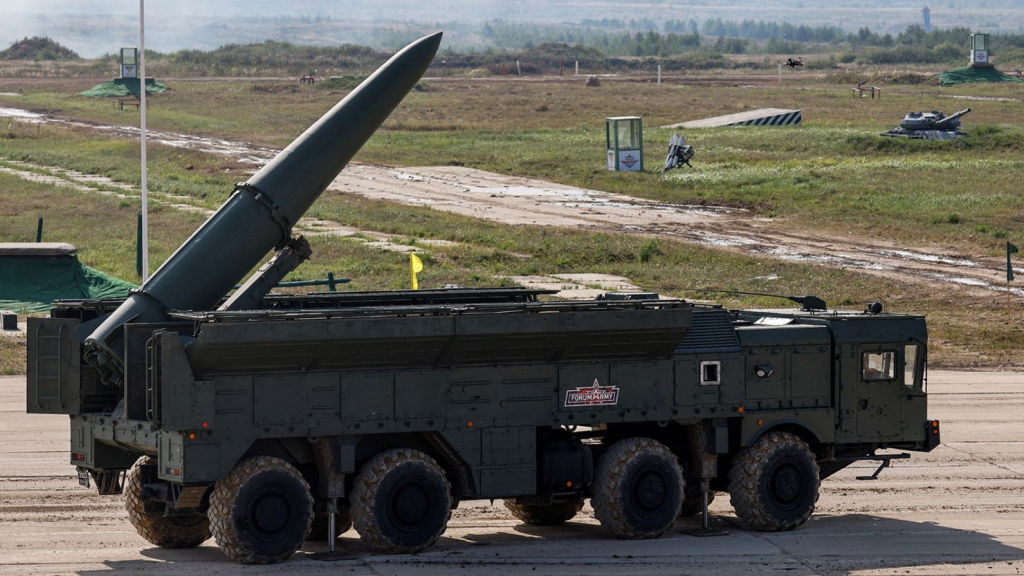
Flames still smoldered when the first images emerged out of Russia’s Molkino training center in late August 2025. What they revealed was not merely the charred wrecks of military vehicles, but a glimpse into the vulnerability of one of Moscow’s most prized missile systems. For defense engineers and military strategists, it was not so much war news it was a case study on how precision strikes and unmanned vehicles can reshape the strategic equation.
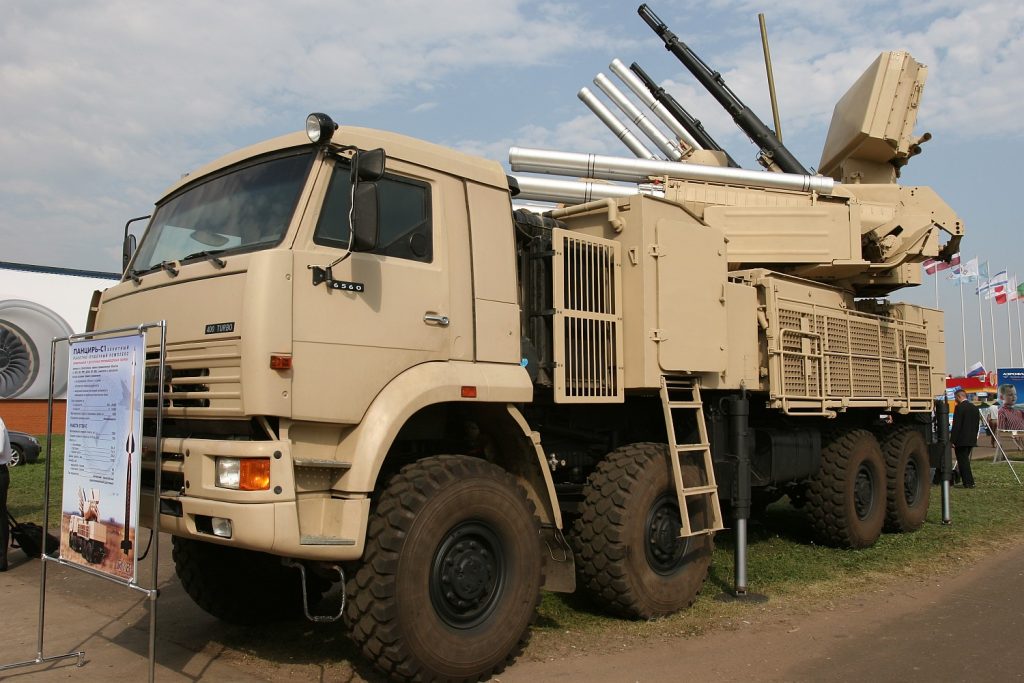
The Ukrainian drone strike employing long-range drones with fourteen aircraft hit key components of the Iskander tactical missile system and destroyed one Pantsir-S1 air defense system. Open-source intelligence soon credited the losses to either the 448th Rocket Brigade or the 1st Guards Rocket Brigade, both of which have previously made deep missile strikes into Ukrainian lands. It was not a one-off it is part of an overall trend of Ukraine’s building strike capabilities and Russia’s piling up equipment losses.
Here are seven key takeaways from the event, one each shedding light on the technical, operational, and strategic dimensions of the strike and what they hold for the future of the war.
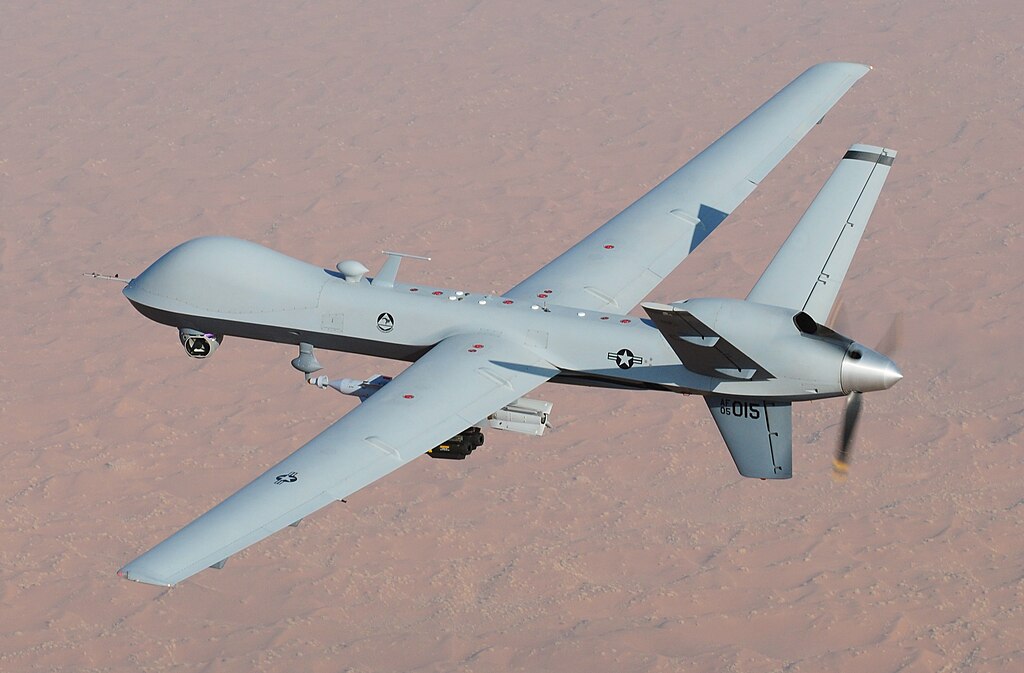
1. Precision Drone Strike on High-Value Assets
The Molkino Shumakovo, as at least later geolocated, attack involved fourteen long-range unmanned aerial vehicles targeting open-air parking and hardened hangars indiscriminately. OSINT outlet CyberBoroshno confirmed the damage to one 9P78-1 launcher and five 9T250 transport-loading vehicles, all of MZKT-7930 chassis. These transports are crucial to Iskander operations as each transporter-loader handles two extra missiles to facilitate reloading.
The ability to penetrate storage facilities and eliminate firing and reload capability in a single shot is a key operational shortcoming. Destruction reduces the ability of the brigade to deliver successive volleys, impacting Russia’s ability to maintain missile pressure against Ukrainian targets.
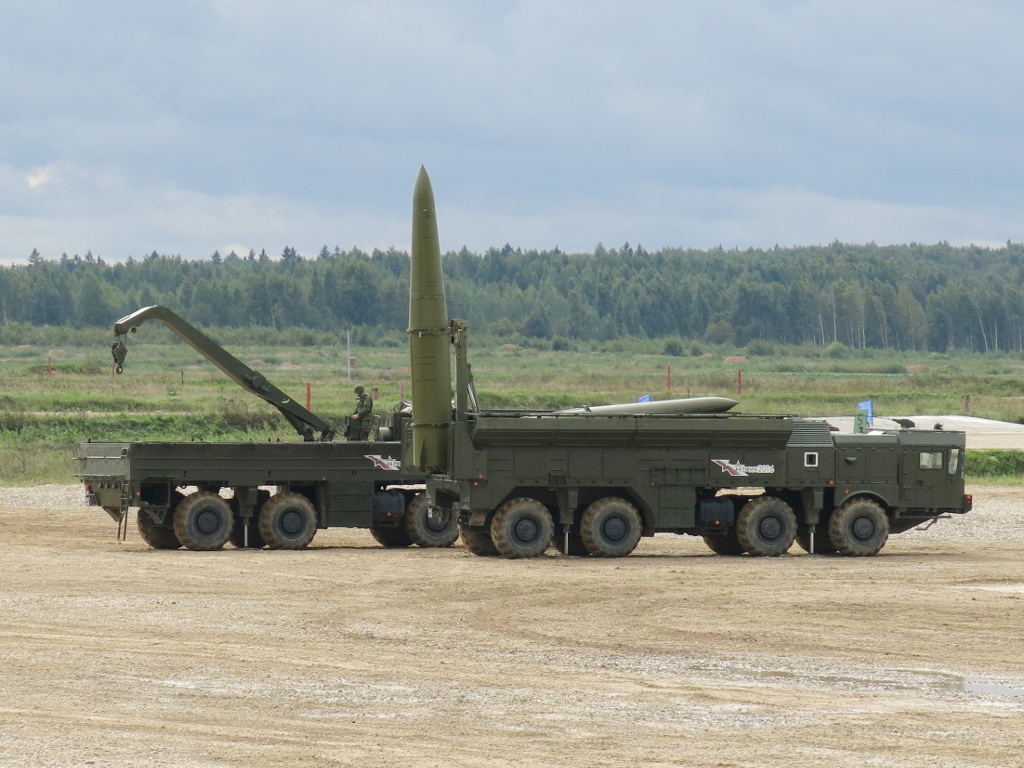
2. The Strategic Role of the Iskander-M
The Iskander-M short-range ballistic missile complex, with a range of 500 km, is at the center of Russia’s tactical-operational strike strategy. Two 9M723 ballistic missiles, each having a warhead-delivery capacity of 480–700 kg, comprising high-explosive, cluster, thermobaric, and nuclear, are carried by each 9P78-1 launcher. There is inertial navigation combined with GLONASS as well as an extra GLONASS-lacking optical seeker for achieving the accuracy of 10–20 meters CEP.
Aside from battlefield use, Iskanders are based in Kaliningrad and Belarus to extend strike cover into NATO territory, for conventional and nuclear warning purposes. The dual-capable status of the system makes it a focal point of concern in Western discussions of Russian escalation management.

3. Technical Vulnerabilities and Western Components
RUSI studies confirmed that the Iskander’s advanced guidance by way of the Baget 62-04 onboard computer and Zarya radar processing complex is reliant on several key Western-made components. They enable electro-optical seekers to detect mobile targets and strike with precision.
This dependency is an Achilles’ heel vigorous enforcement of export restrictions can significantly cut Russia’s ability to replenish precision-guided munitions. If inventories can’t be replenished in numbers, commanders may be forced to reserve Iskanders for deterrence missions rather than routine battlefield use, facilitating NATO’s ability to schedule its air and missile defense.
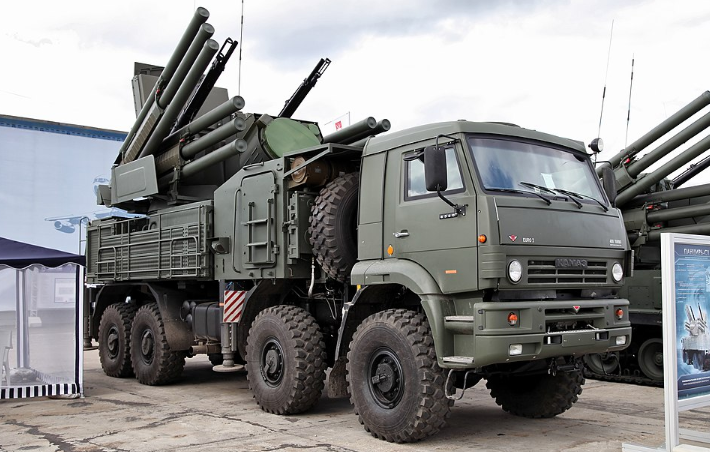
4. Pantsir-S1 Performance Under Scrutiny
The strike also destroyed a Pantsir-S1 air defense system, a platform designed to shoot down low-altitude targets such as drones and cruise missiles. But such systems have not been very successful elsewhere in Iraq, Pantsir-S1 units did not shoot down kamikaze drones employed to attack military compounds.
Failure of Pantsir to protect high-value missile assets from a coordinated drone attack is a cause for alarm regarding Russia’s layered air defense system, particularly against UAV swarming or precision attack.

5. Attribution and Brigade-Level Impact
Initial reports linked the destroyed hardware to 1st Guards Rocket Brigade in Goryachy Klyuch. Subsequent OSINT analysis identified distinctive markings consistent with the 448th Rocket Brigade of the 20th Combined Arms Army. These two have been involved in missile strikes against Ukrainian provinces, including Sumy.
For the brigade, loss of a launcher and five resupply vehicles is not just quantitative loss it breaks the operational rhythm of the unit, reduces its capacity for sustained fire, and forces other assets to redeploy and cover holes.
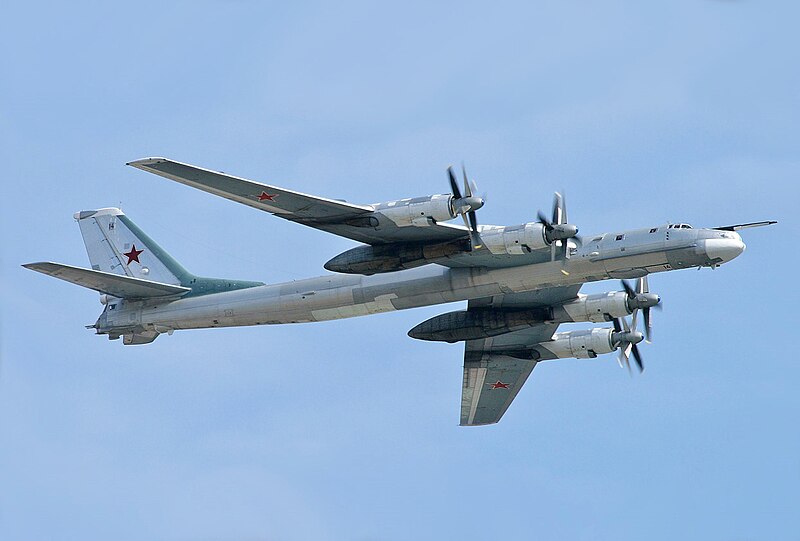
6. Ukrainian Strike Patterns and Target Selection
The Molkino/Shumakovo strike is just one aspect of Ukraine’s broader effort of targeting high-value military assets. Earlier in June 2025, Ukrainian forces had downed an Iskander system in Bryansk region of the 26th Missile Brigade. Ukrainian drones recently struck Russian bombers and oil infrastructure in an effort to degrade combat and logistical capacity.
Targeting reload vehicles as well as launchers shows an understanding of the Iskander’s firing chain deactivating not just the shooter, but the gear with which to keep shooting.

7. Strategic Implications of a War of Attrition
Russia’s fighting performance since January 2024 has included, at best, slow gains only around 50 to 135 meters per day and significant equipment losses. Losses of Iskander assets add to these issues, since each missile is estimated to cost $3–4 million and is deployed in specialized vehicles.
In a war in which offense relies on industrial might and supply chain capabilities, those losses accelerate the diminution of Russia’s strike capability. For Ukraine, those campaigns demonstrate how strategic impact can accrue from precision targeting of nodes without large-scale ground battles.
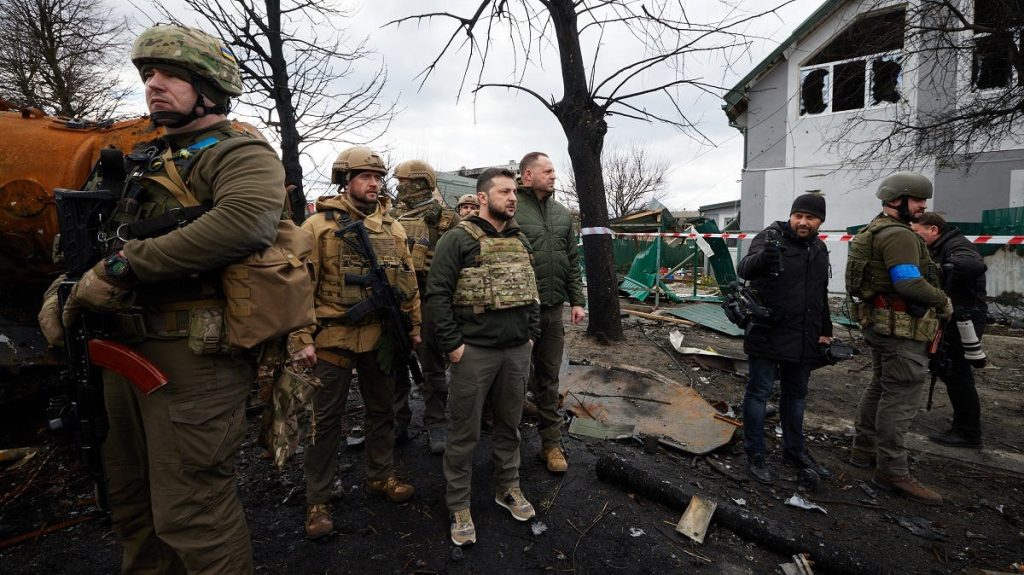
The August 2025 bombing of Russia’s Iskander systems was more than a tactical victory it disclosed the vulnerability of a system at the center of Moscow’s war plan. With the combination of exact intelligence, unmanned strike platforms, and familiarity with the target’s operational needs, Ukraine achieved a victory that had ramifications far beyond the immediate battlefield. For defense planners, it makes an essential argument of modern warfare that in an attrition fight, breaking an adversary’s ability to sustain fire can be as important as capturing ground.


